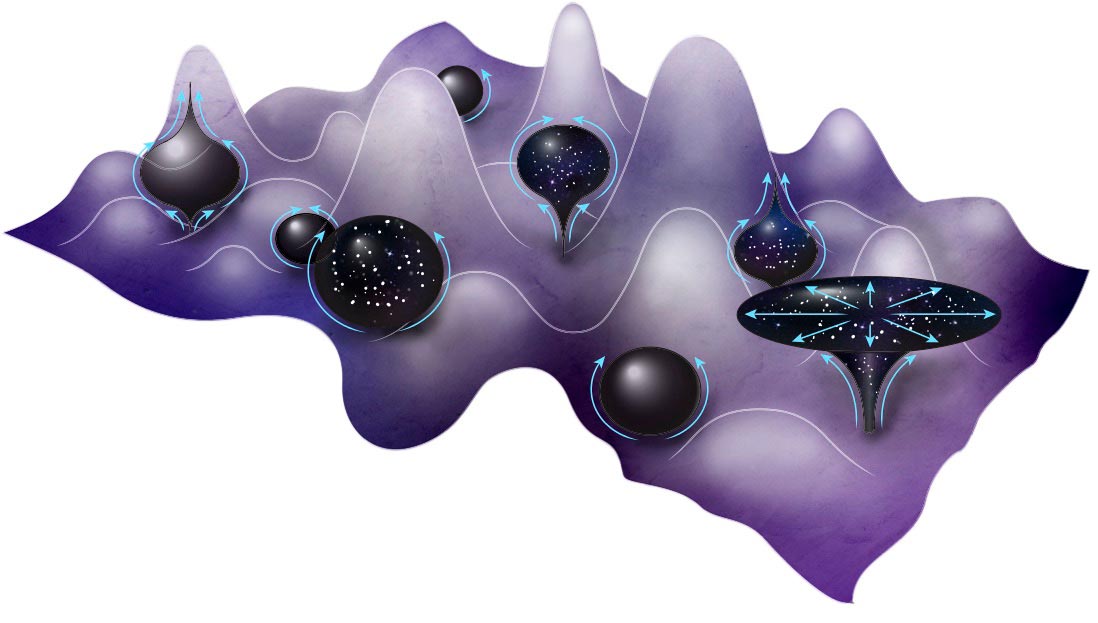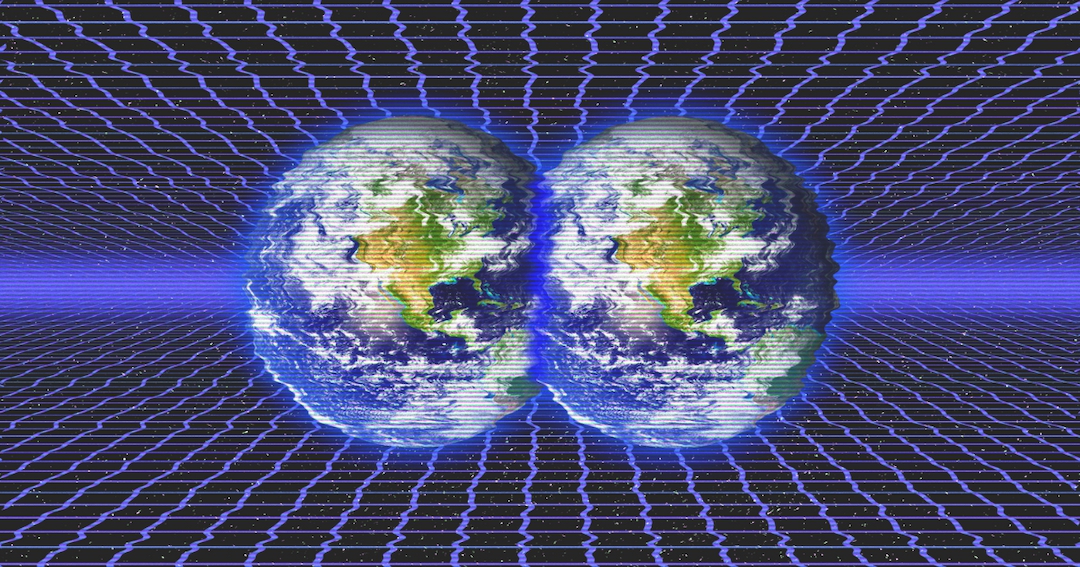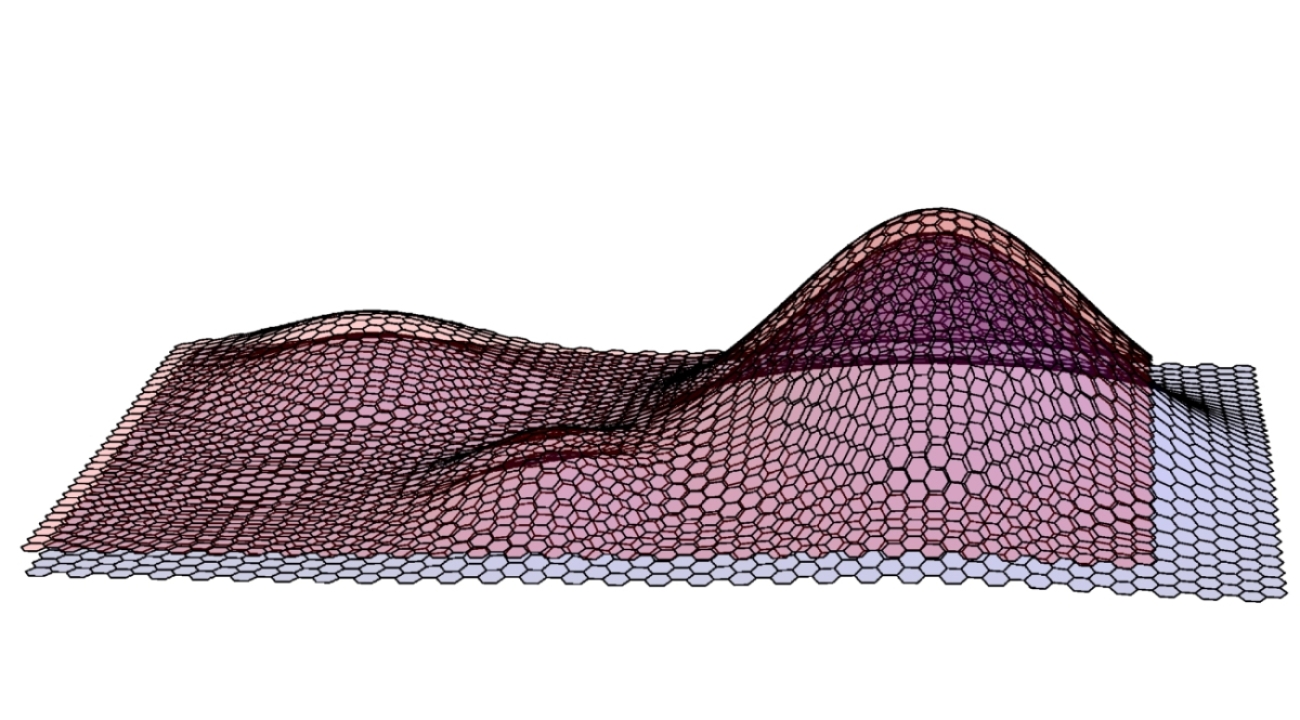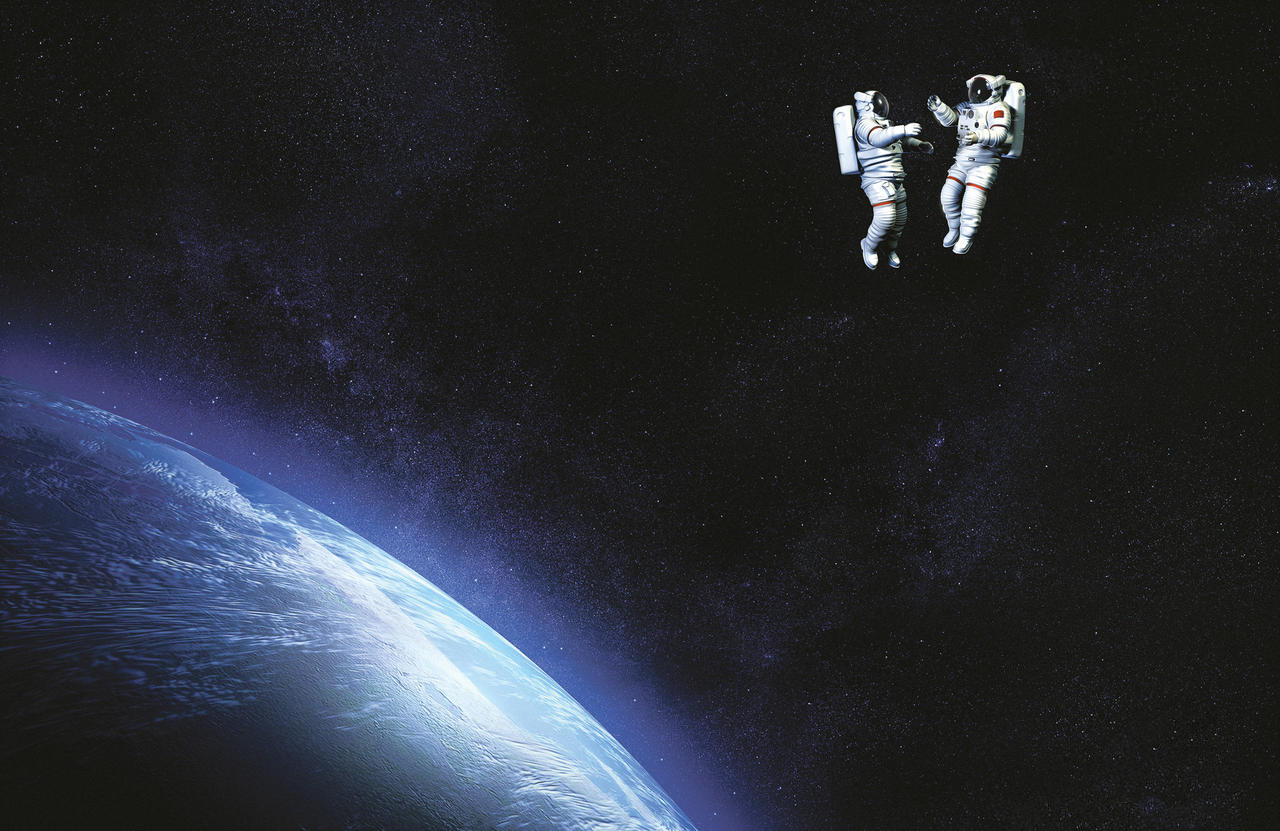We know that in a revolutionary effort, scientists are trying to unify two famous theories in physics. These are general relativity, which describes the movements of the universe on a giant scale, and quantum mechanics, which describes what happens from the point of view of atoms and subatomic particles.
The unified theory after construction will be called quantum gravity theory. It promises to allow us to explain nearly every mystery in the universe, from the presence of dark matter, the flow of time, the tunnels connecting galaxies through wormholes, and even answering Question: Can we travel back in time or to other multiverses?

However, it also says that as long as quantum mechanics and general relativity have not been combined, the universe still has a lot of mysteries that people don’t know. For example, recently, the US Space Agency (NASA) said that something strange is happening to our universe. It is causing galaxies to expand faster than scientists had ever calculated.
And at the other end, on the quantum scale, a team of scientists at the University of Maryland discovered something even more bizarre. They found a collection of charges behaving strangely between two sheets of graphene material stacked on top of each other.
We know graphene is the thinnest material on the planet, it’s only as thin as a single layer of carbon atom, so it’s also known as 2D material. As charges behave anomalously in between these two layers of 2D material, scientists think they may be interacting as if they were in two parallel universes placed side by side.
These interactions can be extrapolated to our 4-dimensional universe (including the timeline). And if so, it is not excluded that our universe also exists another parallel reality right next to us.
That reality is happening here, right now, and is only obscured by some invisible curtain. But sometimes, there are entities that are jumping back and forth between two universes, two parallel realities without our knowledge.

A strange phenomenon between two sheets of graphene
The new research was carried out by Dr. Victor Galitski, a Russian-born theoretical physicist specializing in the study of the quantum world at the University of Maryland, USA. Together with his graduate student Alireza Parhizkar, Galitski performed an experiment involving two sheets of graphene.
The scientists placed one curved sheet of graphene on top of another, created an interaction pattern, and observed how the charges moved through the sheets. Each of these graphene sheets is a single layer of carbon atoms arranged in a repeating hexagonal pattern.
They form a pattern called the moiré pattern. Moiré patterns form when there are two repeating patterns — anything from the hexagons of a carbon atom in graphene to the meshes of a window screen. When they overlap, they form twisted, overlapping or stretched layers.
Thus, when two sheets of graphene formed a moiré pattern, they affected the behavior of the charges, especially the behavior of electrons. Charges seem to be jumping between two sheets of graphene.
And in a special case known as “magic angle graphene”, when the moiré pattern repeats over a length about 52 times the pattern length of the individual plates, the energy level governs the behavior of the individual plates. electrons were dropped rapidly, allowing new behaviors to emerge, including superconductivity.

Two sheets of graphene form a moiré pattern, and they are like the interference of two 2D universes.
Galitski and Parhizkar suggest that the physical phenomena occurring in these two sheets of graphene can be explained as equivalent to that occurring in two two-dimensional (2D) universes, where electrons occasionally jump back and forth between universes. pillar.
The question now is whether the same phenomenon occurs with our 4-dimensional universe or not?
There may be a parallel reality existing with us
“We think this is an exciting and ambitious idea“, said Dr. Galitski. In a sense, if that were true, it would explain a host of fundamental features of our universe, like the inflationary state of cosmic particles. another jumps to our universe.
To demonstrate this, Dr. Galitski built a mathematical model that generalizes the case of two sheets of graphene (2D universe) to more multi-dimensional universes, including our 4-dimensional space.
His goal was to see if a moiré pattern could appear there. And is it possible that a universe is stacking on top of us?
Parhizkar said: “We discussed whether we can observe moiré physics when two real universes combine into one. If you want to find something behind this question, you must first know the length scale of each universe.”
This is going to be a problem, because on the atomic scale of graphene, the scale you choose for them is divisions of 10 billionths of a meter. But that scale will be useless if you want to measure the distances you see, like the length of a football field.
It will become even more useless when calculating the scale of the universe, of galaxies. The scale will also determine the accuracy of mathematical equations.

Thus, Galitski and Parhizkar decided to choose the Planck length, which determines the smallest length consistent with quantum physics. The Planck length is also directly related to a constant — called the cosmological constant — contained in the field equations of Einstein’s general relativity.
The Plank scale will be the best bridge for the two mathematical models that Galitski built. Thanks to it, they were able to create an equation that describes both relativity and quantum effects. It shows how quantum oscillations in a large vacuum will affect behaviors on a cosmic scale.
Galitski and Parhizkar call this mathematical model “moiré gravity”and it created a scenario where two parallel universes that co-exist according to Einstein’s general relativity were placed right next to each other and created interactions with each other.
Like the two sheets of graphene in the original experiment, but what Dr. Galitski is working on here is looking at the cosmological constants and lengths in each parallel universe he theoretically created.
Galitski found that if these two worlds interacted with large cosmological constants, they could override the behavior of one universe to another by overriding their own constant for the other.

Anything is possible if there really are two universes that exist as a sample of moiré, and when the invisible coating separating them is lifted, we will be able to see a different selves of ourselves.
Developing this theory, Galitski and Parhizkar began to formulate a new theory called the two-world theory. In it, they explain the existence of an “amphibian school”, when two parallel worlds that are each a complete world by our standards. They each have their own matter, energy fields, and physical principles.
The existence of the “amphibian field” allows scientists to explain some phenomena, such as the existence of light in the infancy after the Big Bang. So Galitski is betting on his hypothesis.
In the future, he will conduct more experiments to verify it. And who knows, when that’s true, you might find another version of you, right here, next to you.
Anything is possible if there really are two universes that exist as a sample of moiré, and when the invisible coating separating them is lifted, we will be able to see a different selves of ourselves.
Refer to Futurism, Joint Quantum Institute
